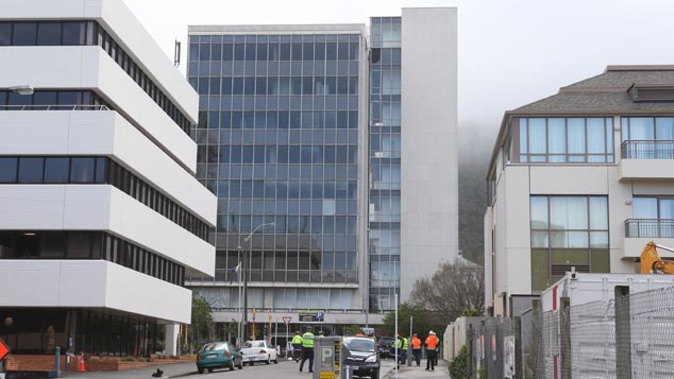
UPDATED 7.30am: Damage is continuing to build up in buildings in Wellington with each aftershock.
The City Council has been criticised for the time it's taking to discover which buildings are safe, and which are structurally unsound.
Council CEO Kevin Lavery said it's because not all of the damage is being done in one hit.
"There's sometimes damage from the earthquake but then there is further damage from the aftershock. So every time there is an aftershock above 5, there is a rechecking of these things."
Tim's Take: Wellingtonians rushed back into city
The Council is also warning building owners it will take control if the proper post-quake checks aren't done.
Lavery said the Council can use its powers to take over, and send the bill to the owners.
But he said he doesn't want this to be the starting point, for getting buildings checked out.
"We need to work in partnership with owners and engineers and for the vast majority, the partnership is very good."
"But where that doesn't happened, we're prepared to intervene," Lavery added.
A civil engineer said the damage in Wellington is less to do with the way buildings are constructed, and more about where they're built.
The city itself sits on a mix of soft reclaimed land near the harbour, and more solid ground in the hills.
Auckland University's Dr Charles Clifton said this explains the strong shaking felt in Wellington's downtown areas.
"In this case the soft soils exhibited a much stronger shaking than the harder soil and rock in the hilly areas."
Meanwhile Palmerston North's mayor is warning people in the city to ask anyone calling themselves a building inspector for identification, before letting them onto their property.
Police say saying people have been posing as Earthquake Commission staff or council officers, to get access to people's homes.
Mayor Grant Smith said it's better to be safe than sorry.
Take your Radio, Podcasts and Music with you









